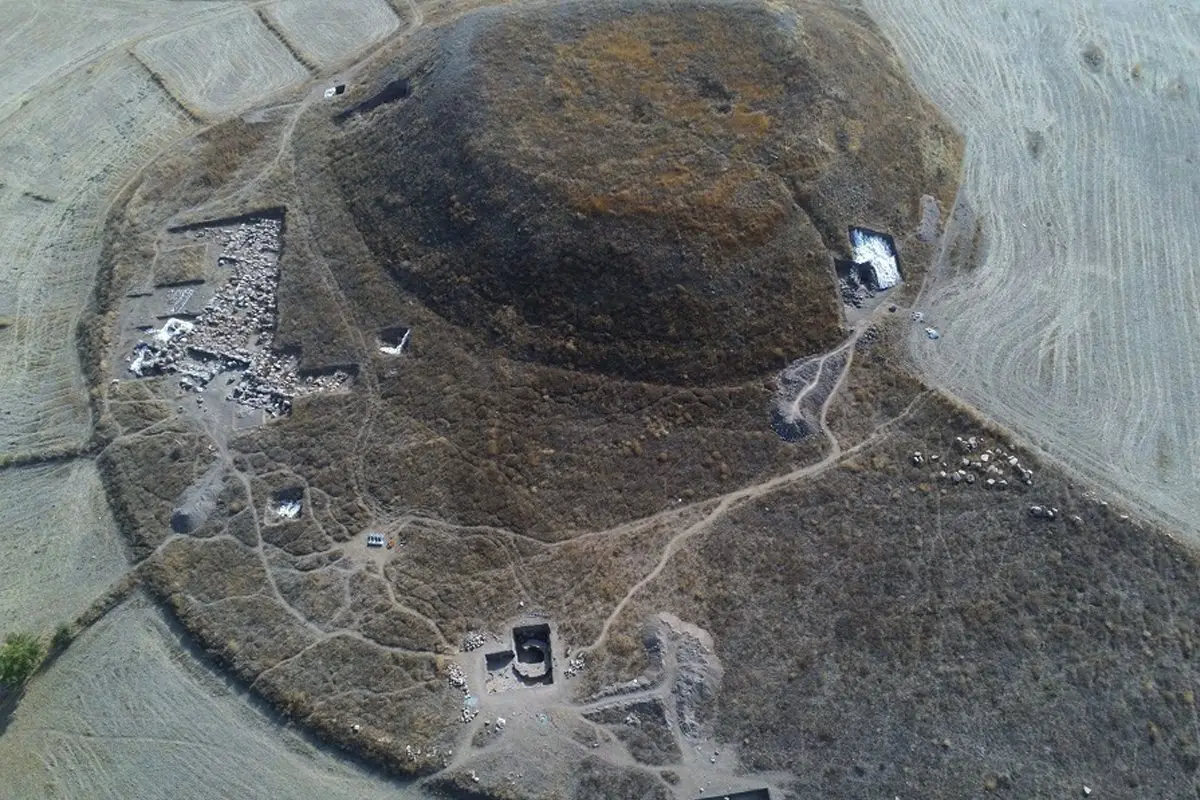Archaeologists from the University of Pisa have been excavating at Uşaklı Höyük, an important Hittite site in the Yozgat Province of Turkey.
The Hittites were an ancient Anatolian people, who established an empire covering Anatolia, northern Levant, and Upper Mesopotamia.
The founding of the Hittite Kingdom is generally attributed to either, Labarna I, or Hattusili I, during the 17th century BC, and endured until 1190 BC, although there emerged a number of so-called Syro-Hittite states in Anatolia and northern Syria following the empire’s collapse.
Most of what we know about the Hittites comes from cuneiform text written in either Akkadian (the diplomatic language of the time) or in the various dialects of the Hittite confederation, and from diplomatic and commercial correspondence found in archives in Assyria, Babylonia, Egypt, and the Middle East.
Tablets found at Hattusa (the Hittite capital), describe Zippalanda, one of the ancient Hattic cult centres in dedication to a Hittite weather god. The tablets record the city life at Zippalanda, the festivals and rituals, and mention a temple of the storm god known as Ziplantil, Wašezzili, Wašezzil or Wašezzašu.
The Hittite weather gods were the rulers of the skies and the mountains. From above, they cast down thunder, lightning, clouds, rain and storms, with the weather god of Zippalanda also being worshiped for fertility and referred to as a “lion” among the pantheon of Hattic deities.
Archaeologists from the University of Pisa, working in collaboration with a Turkish Archaeological Mission, have been excavating at Uşaklı Höyük, a large, truncated mound, that for many years has been one of several proposed sites for the lost city of Zippalanda.
During this season’s excavations, the team found a circle-shaped structure from the Hittite era, located north of what is probably the main temple of the city. The function and purpose of the construction is a mystery, but Professor Anacleto D’Agostino of the University of Pisa, believes that it served a ritualistic purpose.
Previous excavations have uncovered four pieces of cuneiform script and ceramics that confirm that the mound developed in the Hittite era, in addition to several structures interpreted as a temple and a fortress.
“The structure, together with the other finds discovered over the years, would help to strengthen the identification of Uşaklı with the important Hittite city of Zippalanda, the cult centre of a powerful Storm God, a royal residence, and mentioned in several festivals in which the king took part”, said Professor Anacleto D’Agostino.
Header Image : Aerial view of Uşaklı Höyük excavations. At the bottom centre, the circular structure found during the 2022 excavation campaign is visible. Image Credit : Emanuele Taccola





